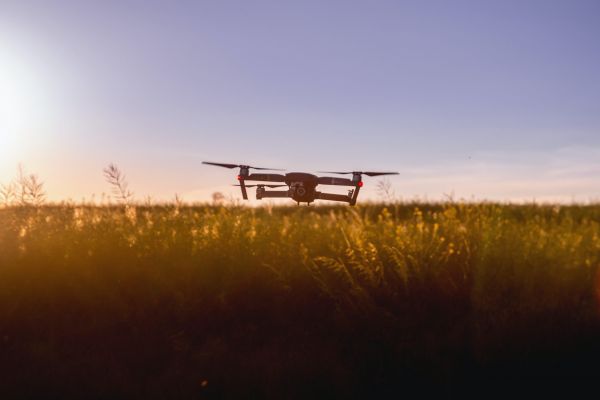By Gabriella Nashiva
When planting we are always optimistic we will have an abundant harvest! This is the ideal farming experience every farmer wants. However, the period between the planting day and harvesting day is anything but ideal and that is why it is important to anticipate the possible hitches and deal with them early before they can cause any substantial losses.
Hence scouting; scouting is the inspection, monitoring and surveillance of crops in the field to check on the general plant health.
When scouting you look out for what is standing in the way of your plentiful harvest. Look at for pest insects, weeds, disease, stunted growth, irrigation leaks, insect droppings, abnormal crop growth, and beneficial insects, among other indicators such as discolored leaves or stems. It is suitable to scout in the mornings or evening.
Scouting allows you to detect early signs of pest and diseases attacking your crops. This is one of the most important reasons for scouting, especially for commercial growers, nonetheless, it is not the only reason that scouting is important.
Scouting allows you to closely monitor the spread of pest and diseases and assess pest pressure. Scouting also detects any nutritional requirements and deficiencies showing on the crop. In addition, scouting enables you to assess crop performance, soil moisture levels and even the effectiveness of the pest and disease control measures you have put in place.
The scout should be equipped, like any other job, knowledge is the weapon. They should be knowledgeable on the crops in question as well as the pest and disease that affect it. This is for the simple reason that the scout should be able to link what they see on the crop, to a possible cause.
Proper tools should be used during scouting. Items such as a hand lens to view tiny insects, crop pest sheet for data collection, and field map are a must have.
However, as technology develops, tools needed vary. In case you don’t have in-depth knowledge of the crop, James De Decker, Michigan State University, suggests you access information from either soil survey done on the farm, farm input suppliers, local weather forecast, farm management records, crop and pest management material and other farm managers and scouts especially in your area.
As a scout the information gathered from scouting should be comprehensive diagnosis taking note of each observation made on each part of crop.
The scouting process should be regular and systematic, preferably done on a weekly basis. The process begins when the plant begins to grow all the way to harvest. Some would say no need for a strict scouting routine unless the crops have been infested before and you are monitoring. Prevention is better than cure; if your crops are healthy you still need a scouting routine.
Walk in different patterns each time you scout a given field: M, Y, zigzag or whichever works for you. Divide your field into portions for thorough inspection, on a minimum of 10 plants in each section. Examine all parts of the crop above, under even the root areas. Determine the distribution of the problem encountered; is it concentrated in one area or scattered randomly or following a recognizable pattern. It is key to note down all observations, keep records and even take pictures. This crucial information gathered enables you to make informed decisions; it is used to improve yield and maximize on crop efficiency.
You can do further research in the new trends in scouting such as the use of GPSU and UAVs.

